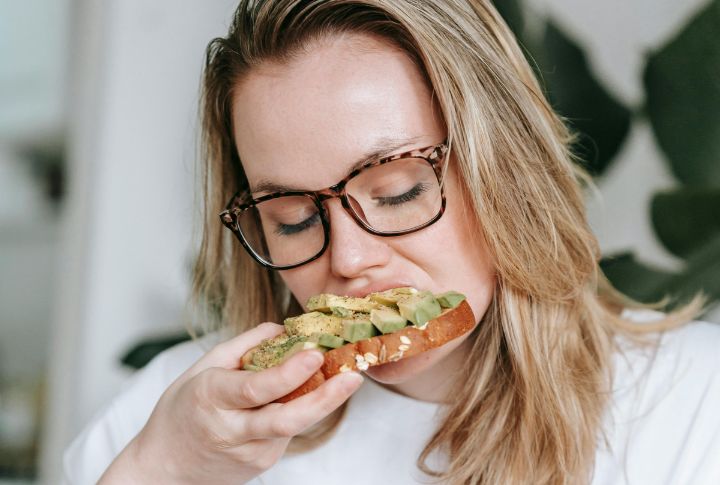
We all love to share food pics these days, but what if your favorite foodie staples weren’t so modern after all? Some of today’s “new” obsessions trace back centuries, while others started with unexpected cultural twists. Think of this as a menu of history with a side of surprise. Scroll on and uncover the origins behind the foods you love.
Avocado Toast
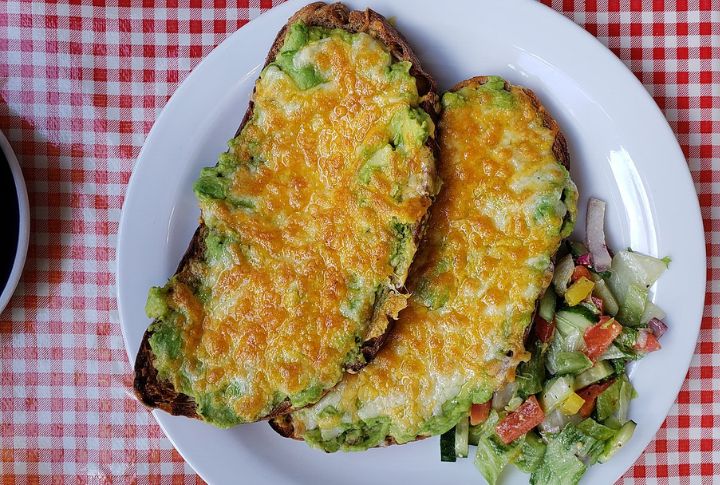
Back in the 1800s, British naval officers enjoyed it as “midshipman’s butter.” Fast forward to the 1990s, and Sydney’s upscale Bill’s restaurant gave it a modern flair. But it wasn’t until Gwyneth Paltrow’s 2013 cookbook that the humble toast went mainstream, becoming a brunch staple.
Sriracha Sauce
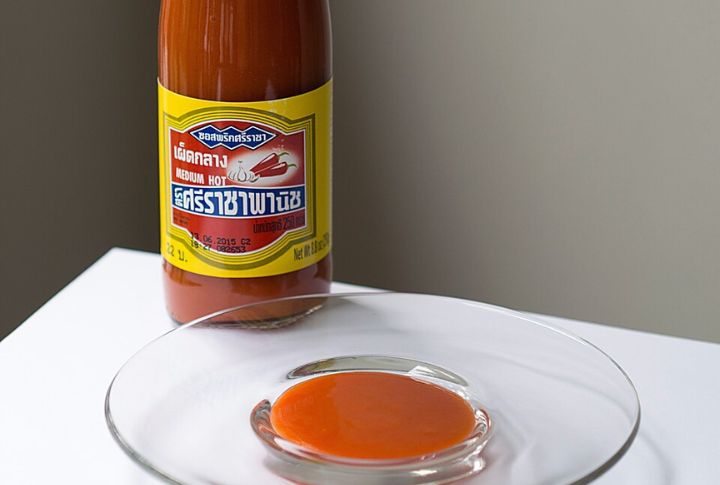
It’s hard to imagine modern kitchens without a bottle of Sriracha, and its journey is just as spicy as its flavor. First created in Si Racha, Thailand, the sauce gained new life when Huy Fong Foods reintroduced it in 1980s California. With its iconic rooster logo and bold kick, Sriracha now elevates everything from noodles to cocktails.
Quinoa
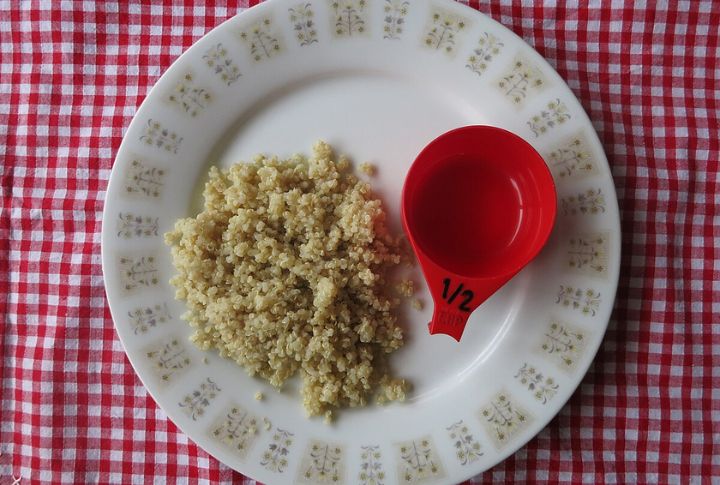
NASA certainly knows that a tiny seed could hold so much promise. Eyeing quinoa as a future food for long-term space missions. Its story began high in the Andes, where the Incas relied on it as a staple crop. Outside South America, quinoa was little known until the 2000s—yet today, this “grain imposter” has earned its superfood crown.
Acai Bowls
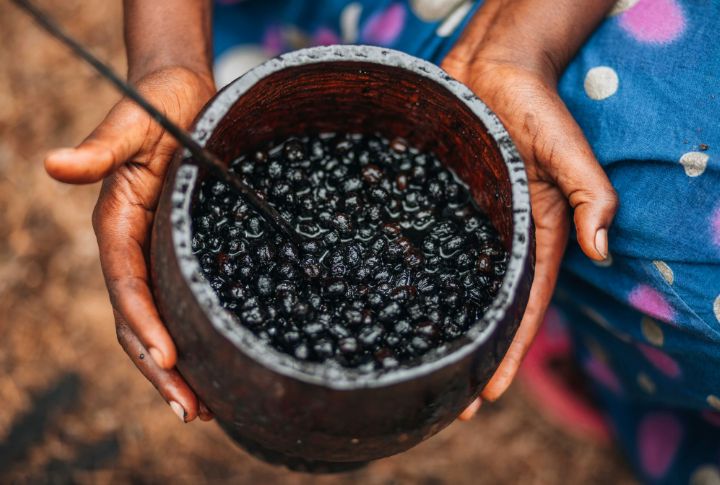
Acai bowls are proof that food can be both fuel and fashion. Born in Brazil in the 2000s, they paired the Amazon’s antioxidant-rich berries with colorful toppings like fruit and granola. The result? A photogenic breakfast trend that traveled across the globe, redefining wellness culture one vibrant bowl at a time.
Kale Chips
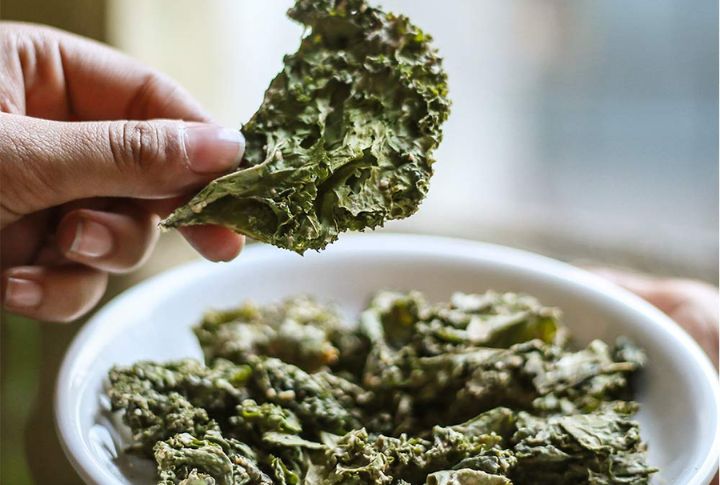
Almost immediately, kale transformed from a leafy green to a crunchy superstar. Home cooks found a nutritious and addictive snack by baking or dehydrating its vitamin-rich leaves. In the early 2010s, kale chips started to gain popularity and are now seasoned with anything from chili to sea salt.
Almond Milk
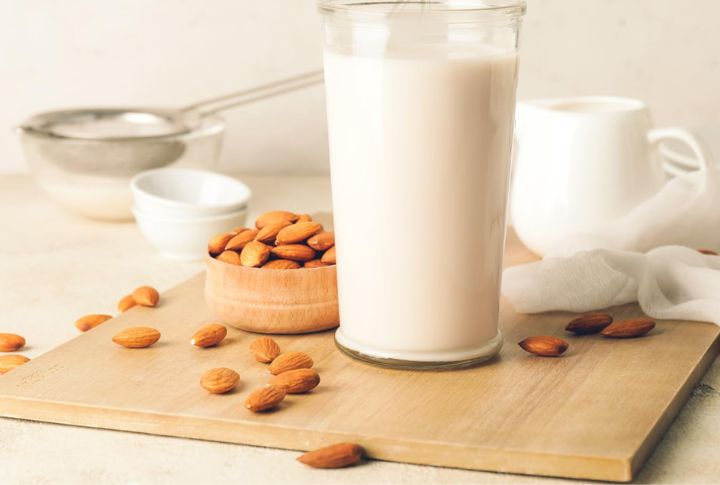
Almond milk may seem like a modern health craze, but its roots run deep. In medieval Europe, it was used during fasting seasons as a substitute for dairy products for religious reasons. Fast forward to the 2000s, and this ancient beverage resurfaced—this time embraced for health and lifestyle.
Chia Seeds
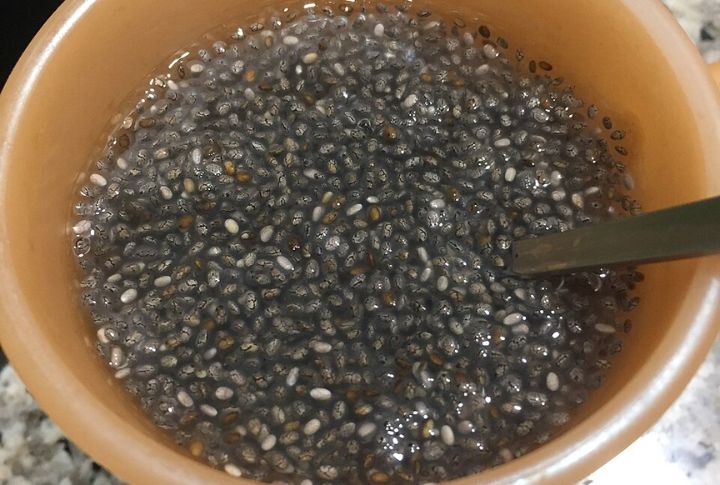
These little seeds have been fueling bodies for centuries. The Aztecs once relied on chia for endurance, and now the world is catching on. By the 2010s, chia seeds reemerged as a health trend, celebrated for omega-3s, fiber, and their almost magical ability to swell up to twelve times their size in liquid.
Matcha Lattes
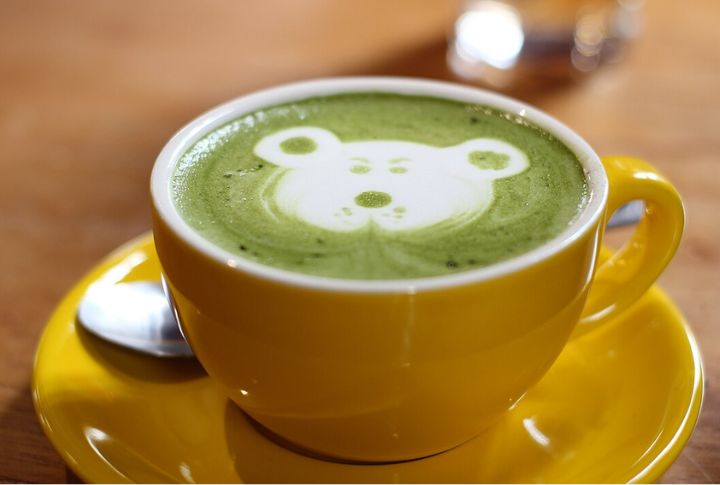
That bright green glow in your cup is powerful. Matcha, once reserved for Japanese tea ceremonies, packs more caffeine than green tea because you take in the whole leaf. This ancient tradition met modern coffee culture, and turned matcha lattes into a trendy, energizing cafe favorite.
Greek Yogurt
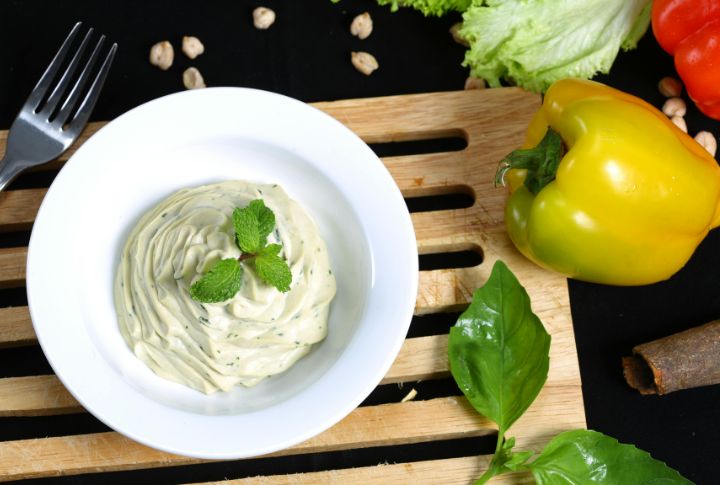
By removing whey, this yogurt becomes creamier, thicker, and packed with extra protein. Hitting U.S. supermarkets in the late 2000s, it quickly became more than a breakfast food—doubling as a healthier substitute for sour cream, mayo, and even dessert bases.
Bubble Tea
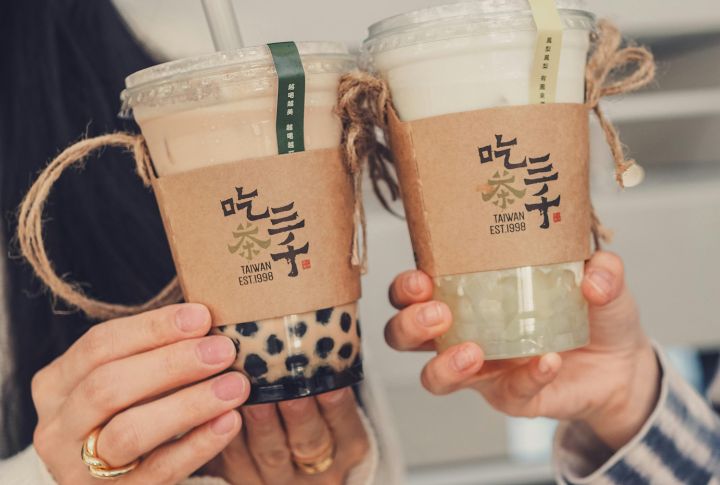
Few drinks have captured global curiosity quite like bubble tea. Born in the 1980s in Taiwan, it combined milk tea with chewy tapioca pearls for a one-of-a-kind experience. In the 2000s, the drink spread worldwide, branching into fruit, coffee, and even cheese foam variations.

